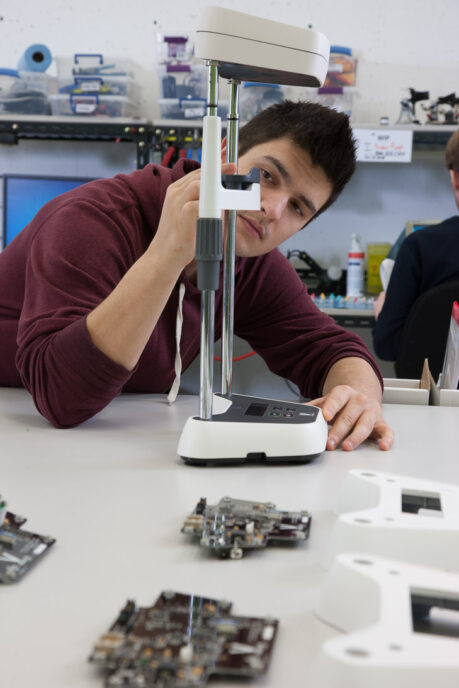
Why manufacturer flexibility matters during product launch
When choosing a manufacturer to launch your medical device, there are a lot of things to consider and options to compare. Cost, quality and lead time usually lead the list. Which ones are most important for your device? In this blog I’m going to focus on an often overlooked attribute that should be a high priority in any launch plan.
Manufacturing flexibility could end up being one of the most important factors to an efficient and cost effective product launch that fits your business objectives. Making sure the right amount of product is in the hands of end users at the appropriate time, handling fluctuations in forecast, and implementing design changes quickly based on initial market feedback are all common launch situations that demand manufacturing flexibility.
- Uncertain Forecasts – Is your forecast really unknown or uncertain? Initial volumes when launching a product may not ramp as quickly as expected. If you have made volume commitments based on pricing, this could pose a problem or be costly if the production line is paused while markets are developed.
- Volume Inventory – Initial changes are inevitable, if you have committed to higher volume inventory levels, having to rework or scrap could be a very high unwanted cost. Starting with more flexible lower volumes of inventory to start with may seem more costly at the surface but eliminating potential scrap and rework cost could save you much more than you might expect.
- Unknown final configurations – Flexibility is required to react quickly to branding changes, evolving globalization and labelling strategies, changes you need to make from initial market feedback.
- Incomplete DFM (Design For Manufacturing) – Depending on the level of completeness of the design for manufacturing plan at launch, a number of post launch activities may be required. Ideally, cost reduction strategies can be implemented after launch. But it is more important to react quickly and implement changes required from the effects of variability. Design, technical changes, process development, capital tooling changes, and any other the major issues that come up need to be addressed before tackling DFM. Those items could kill budgets and timelines including DFM work.
- Supply Chain development – It is important to have a supplier network that reacts to quick changes. Highly flexible suppliers can cater to novel fabrication processes for initial launch volumes. As the volumes increase across the program, flexible manufacturers understand which suppliers will be ramping with you and add new suppliers who will have a greater positive impact on quality, cost, and delivery as your volumes allow.
Whatever your medical device launch strategy and focus might be, your manufacturing partner should be flexible and facilitate your success. Being able to deliver high quality product at the right time to end users, reacting quickly, supporting design adjustments, and implementing changes based on market feedback while managing uncertain forecasts that may present during a launch are all factors to consider. When looking at criteria for choosing your manufacturing launch partner, focus on flexibility as much as cost, quality and lead time.
Jason Dolynny is a former StarFish Medical Director of Manufacturing. Jason was responsible for our manufacturing operations including service, inventory and supply chain management.
Images: StarFish Medical
